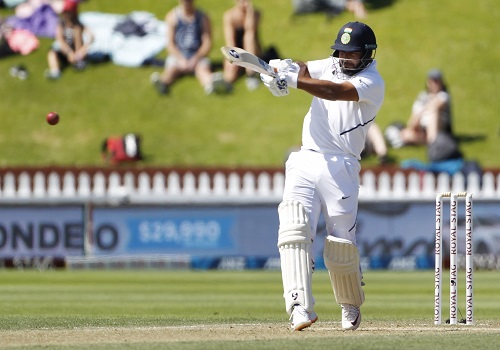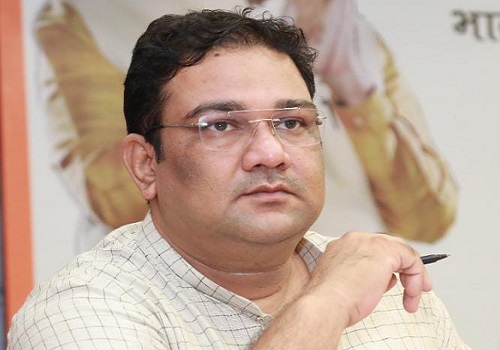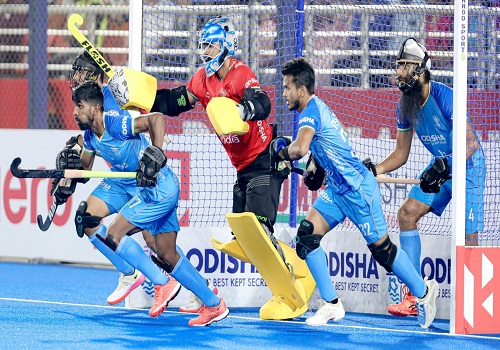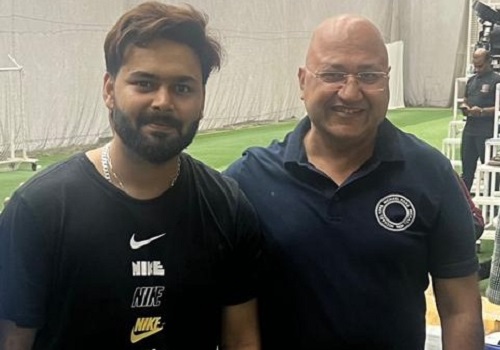Pant, India's X-factor, rediscovers self with counter-attacking 97

Follow us Now on Telegram ! Get daily 10 - 12 important updates on Business, Finance and Investment. Join our Telegram Channel
While Rishabh Pant's wicket-keeping skill set is not up to scratch and he may have struggled to make it to the limited-overs squads for the series preceding the Tests against Australia, his aggressive batting is turning out to be the X-factor for India a la Virender Sehwag. The 23-year-old left-hander's counter-attack on the fifth day of the third Test on Monday laid the platform for a great Indian escape.
India pushed Pant up the order, ahead of Hanuma Vihari at No. 5, immediately after the dismissal of Ajinkya Rahane in the day's second over and he obliged by taking the attack to the Aussies at the Sydney Cricket Ground while scoring an 118-ball 97.
The result was an Aussie attack turning defensive and trying to not bowl at stumps in order to stem the flow of runs. That allowed India batsmen respite, and then the lower order duo Vihari and R Ashwin ensured India earned a respectable draw by their dour grit.
Skipper Rahane said later that the decision to push Pant up was made to bring left and right-hand combination at the crease and confuse the Aussie bowlers.
"The left hand-right hand combination was very crucial for us, especially today. He was promoted at No.5; the way he played the counter-attacking knock was really good. Credit to him for the way he conquered the attack; the way he managed the innings. We know that he can win the game for us from any situation. We have that belief," said Rahane.
This is not the first time that Pant has taken the attack to the opposition in the fourth innings. His 97 on Monday is the second highest by an Indian wicket-keeper in the fourth innings of a Test. The highest also belongs to him. That was in 2018, against England at The Oval in 2018, when he hammered 114 as India were reduced to 121 for five wickets. Sensing there was no point in sticking around, he went after the bowling. India though lost that game.
On Monday, Pant was severe on the man who was supposed to make a difference on the fifth-day wicket, off-spinner Nathan Lyon. He did survive a couple of dropped chances off the bowler, but then hit him for three sixes and four fours.
"About his batting number (sending him above Vihari) -- yes, we discussed about that, we had that strategy and it paid off," added Rahane.
Leading up to this Test series, Pant was having a bad time. After the 2019, 50-over World Cup last year, where he was played as a specialist batsmen but was criticised for throwing away his wicket, especially in the semi-final defeat to New Zealand when he was settled, Pant was seen as someone who would step into a finisher's role, quite like MS Dhoni.
Former chief selector and India wicketkeeper MSK Prasad had been critical of Pant who probably saw himself as the next Dhoni. The comparisons didn't help.
"Look, when people start comparing, you naturally fall into that trap. Every wicketkeeper is different. He should have his own way and style of playing. With Pant, he should be his own and not consider himself as the next Dhoni," Prasad told IANS.
Pant's childhood coach Tarak Sinha elaborates it. "He started thinking of himself as the finisher. We told him: you have to go for strokeplay. It was self-imposed pressure. He started thinking that he has to be a finisher and he started to analyse his game too much. His stroke-play suffered, he couldn't play the drives and judge the ball," Sinha told IANS.
Sinha called the third Test as a do-or-die game for Pant while the left-hander thought that after injury, he probably got a bit more conscious of his place. He feels the performance has given him a lifeline.
The team backed him. Rahane concurred.
"Credit [goes] to him actually for going out at No.5. As captain and team management you can make strategies, but it is up to the player to go out there and deliver for you," said the India skipper.
Pant had, after the end of the second day's play in the third Test, immediately gone to nets to work on his batting. The next day he came up with a fighting 36, though he was hit on the arm.
After an average outing in the Indian Premier League, where his strike rate went down to 114 as compared 163 the previous year, with just one fifty. The result was that he wasn't picked in the Indian white ball squads for the ODI and T20 series in Australia.
"Sitting out can frustrate any player. I had spoken to him in the interim and told him to keep practicing and playing at nets, with whatever opportunities you get. When a player is mentally down, he has to practice hard," said former Delhi wicketkeeper Devender Sharma, another of Pant's childhood coaches. "We asked him to play his natural game and play shots."
Pant's wicketkeeping skill has been questioned. His fitness (as wicketkeeper) as well as his habit of not watching the ball till the end was questioned.
But Rahane doesn't seem to be overly worried. "Anyone can drop catches, but as long as you are learning as a wicketkeeper, or as a cricketer… that is very important. I am very happy for Rishabh," he said.
























